Discovering Sepedi Traditional Dresses Accessories 2024
Discovering the retired Meanings of Sepedi Traditional Dresses Accessories
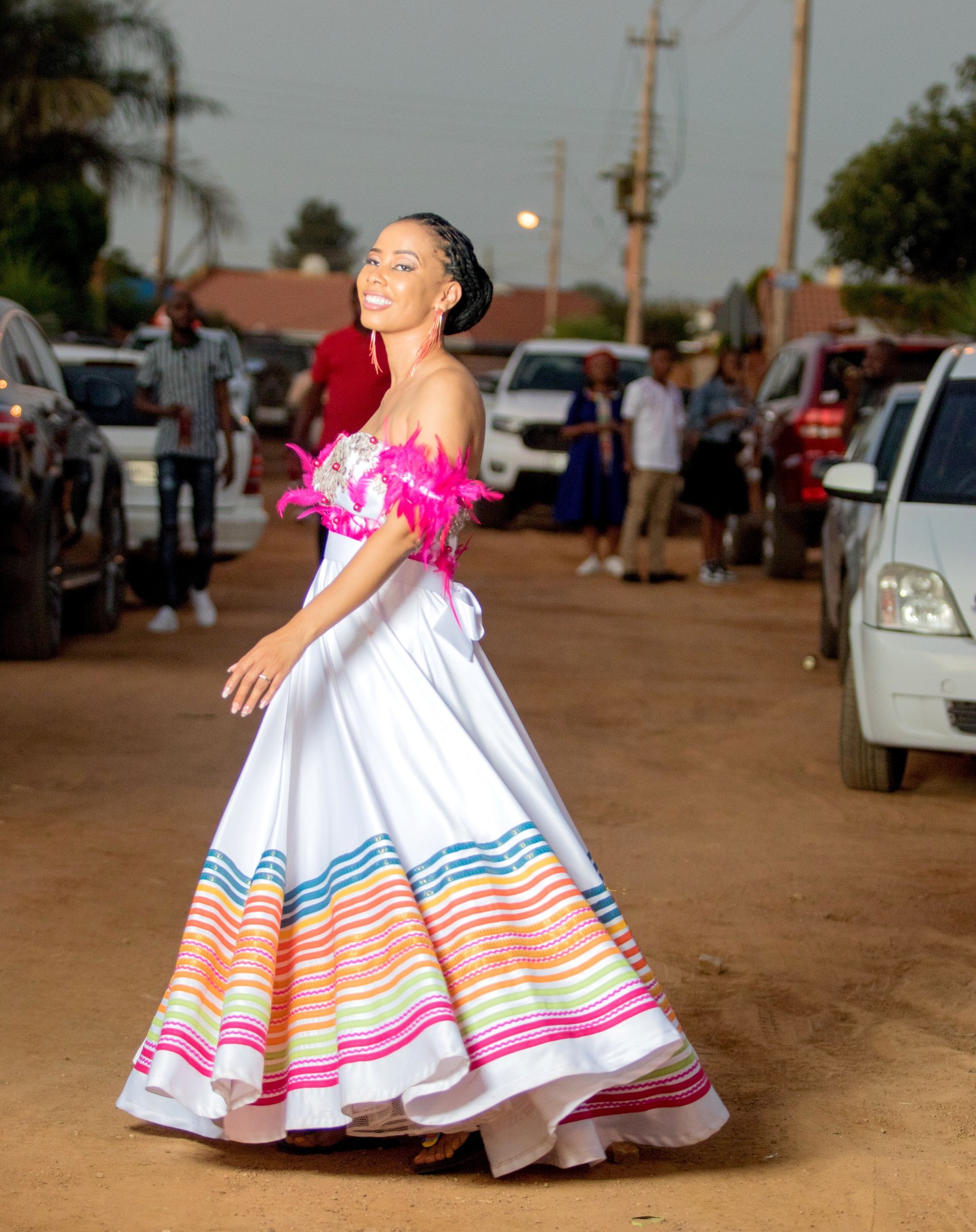 The Headpiece( Dikuku)
The Headpiece( Dikuku)
In Sepedi Traditional Dresses , the headpiece, known as “ Dikuku, ” holds significant meaning and symbolism. It’s an essential accessory worn by the bridegroom to enhance her beauty and signify her connubial status.
 Meaning and symbolism behind the headpiece in Sepedi Traditional Dresses
Meaning and symbolism behind the headpiece in Sepedi Traditional Dresses
The Dikuku represents the bridegroom’s transition from a youthful woman to a wedded woman. It’s frequently adorned with globules, feathers, and other ornamental rudiments that hold artistic significance. The colors and patterns used in the headpiece can also convey dispatches about the bridegroom’s family lineage and social status.
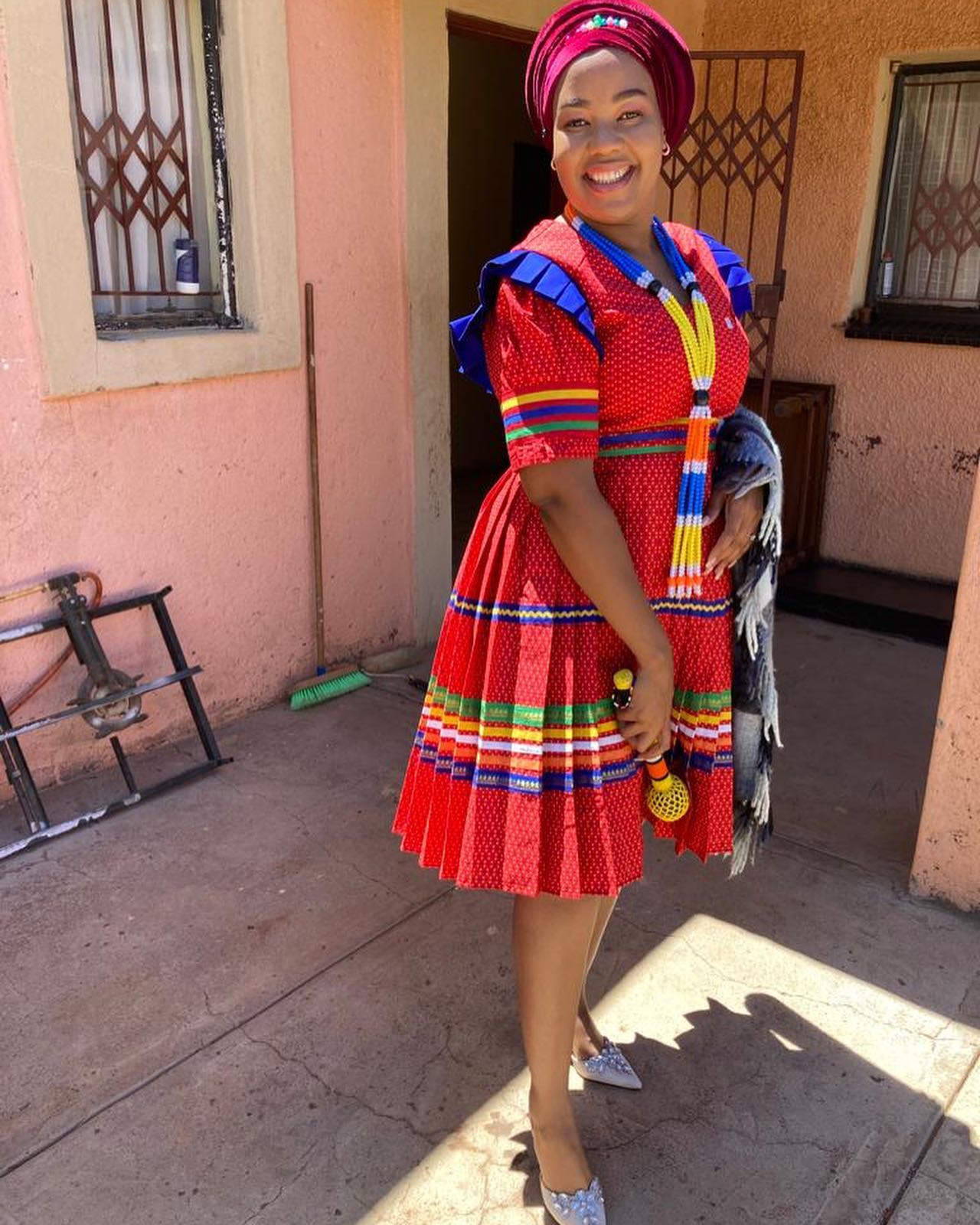 also, the Dikuku is believed to bring blessings and protection to the bridegroom throughout her marriage. It’s seen as a symbol of fertility, substance, and concinnity within the community.
also, the Dikuku is believed to bring blessings and protection to the bridegroom throughout her marriage. It’s seen as a symbol of fertility, substance, and concinnity within the community.
During the marriage form, the Dikuku is precisely placed on the bridegroom’s head by her womanish cousins. This act symbolizes their support and guidance as she embarks on her trip as a woman
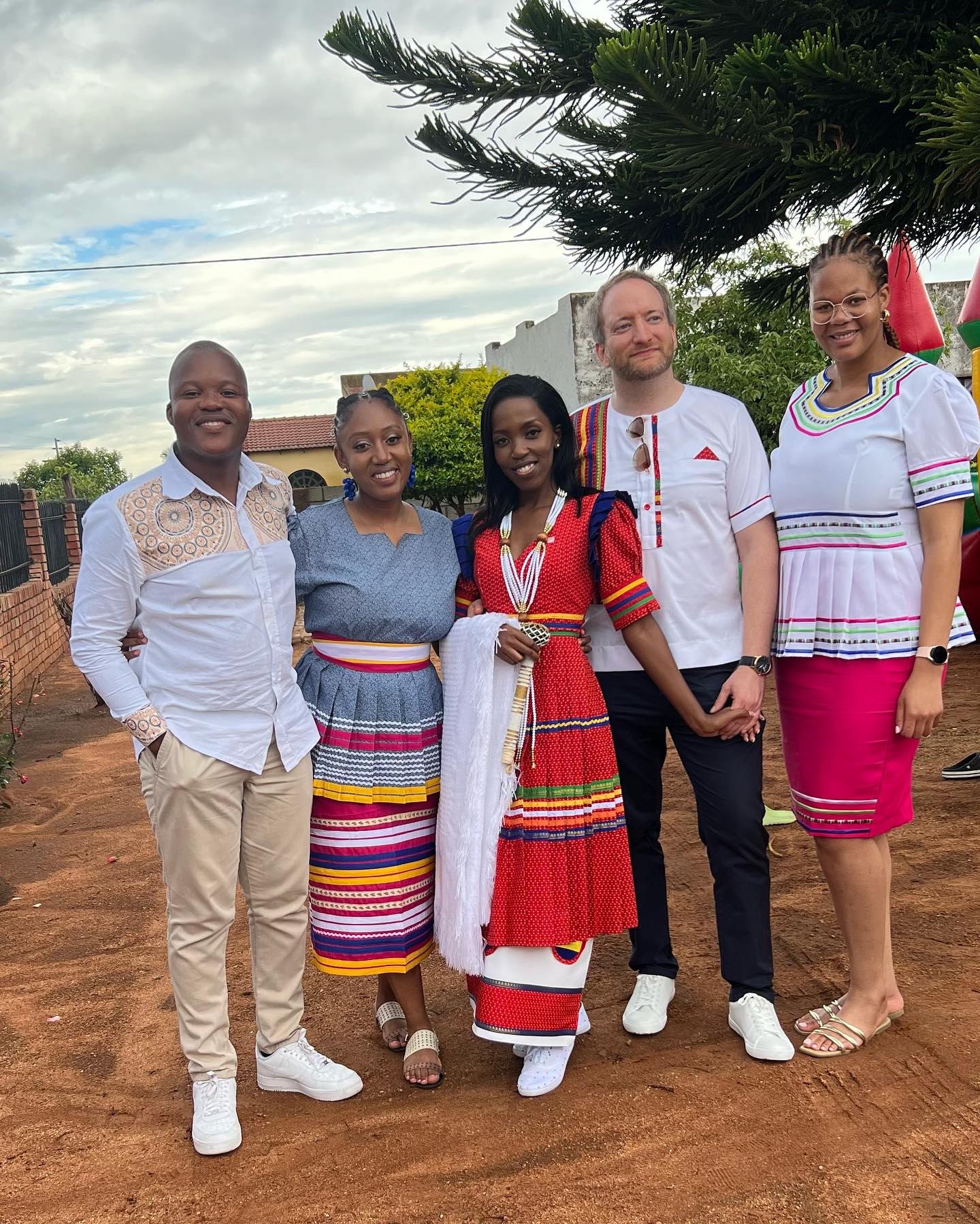 Overall, the headpiece in Sepedi traditional marriages isn’t only a beautiful accessory but also a representation of artistic heritage, values, and the sacred bond of marriage. It adds a touch of fineness and tradition to the bridegroom’s vesture, making it a cherished part of this Sepedi Traditional Dresses festivity.
Overall, the headpiece in Sepedi traditional marriages isn’t only a beautiful accessory but also a representation of artistic heritage, values, and the sacred bond of marriage. It adds a touch of fineness and tradition to the bridegroom’s vesture, making it a cherished part of this Sepedi Traditional Dresses festivity.
![]()
Sepedi Traditional Dresses Accessories 2024
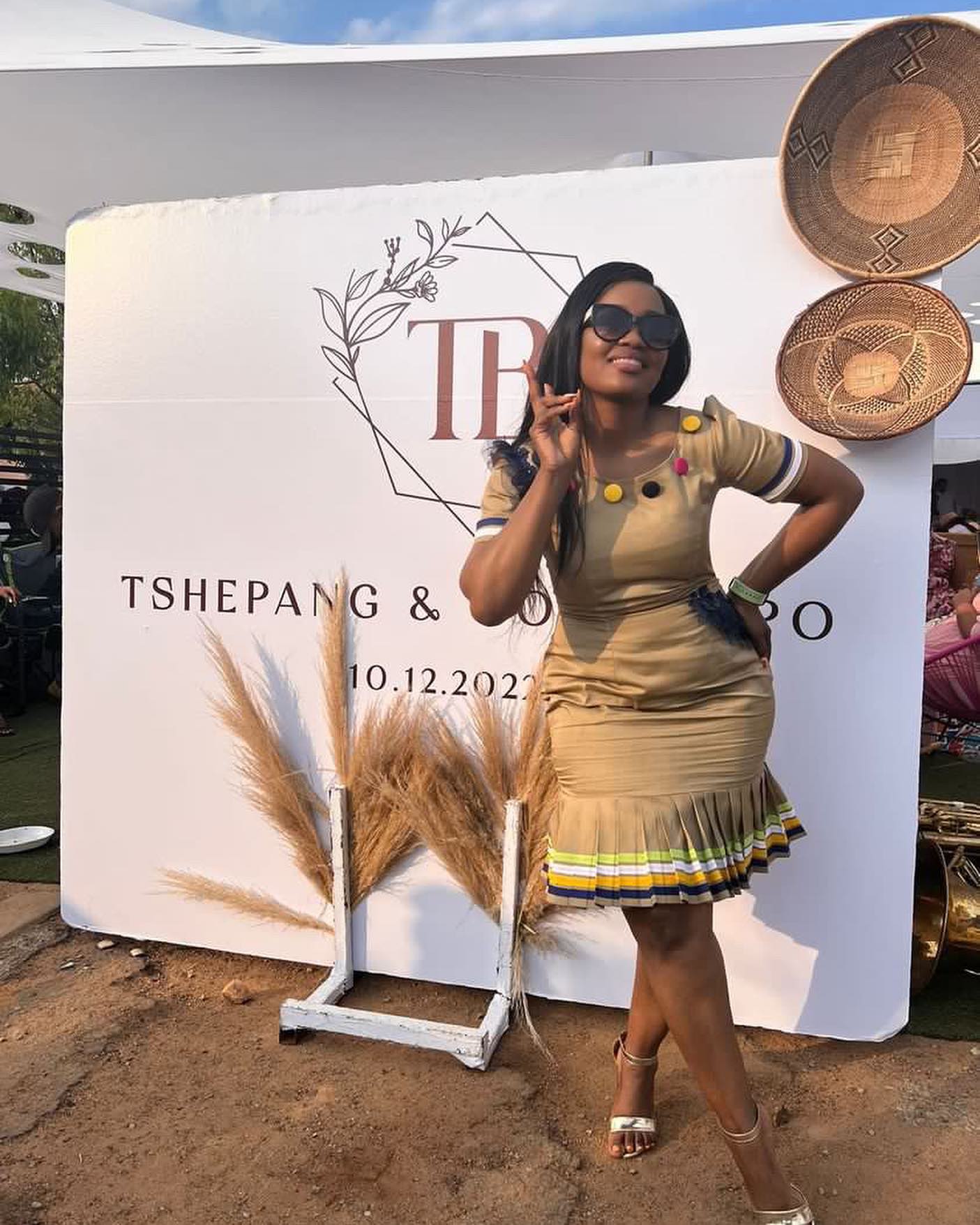 The Choker( Dipadi)
The Choker( Dipadi)
Exploring the artistic significance of the choker in Sepedi Traditional Dresses
The choker, known as “ Dipadi ” in Sepedi, holds deep artistic significance in traditional Sepedi marriages. It’s further than just an accessory; it represents the values and traditions of the bridegroom’s family. The choker is generally made from globules, shells, or precious monuments and is worn by the bridegroom as a symbol of her connubial status and identity. It also serves as a way to showcase the bridegroom’s beauty and enhance her traditional vesture. Each blob or gravestone on the choker carries its own meaning, representing blessings, protection, and fertility. Understanding the retired meanings behind these accessories adds a special touch to the festivity of Sepedi traditional marriages.
![Sepedi Traditional Dresses Accessories 2024]() Understanding the retired meanings behind the irons worn in Sepedi Traditional Dresses
Understanding the retired meanings behind the irons worn in Sepedi Traditional Dresses
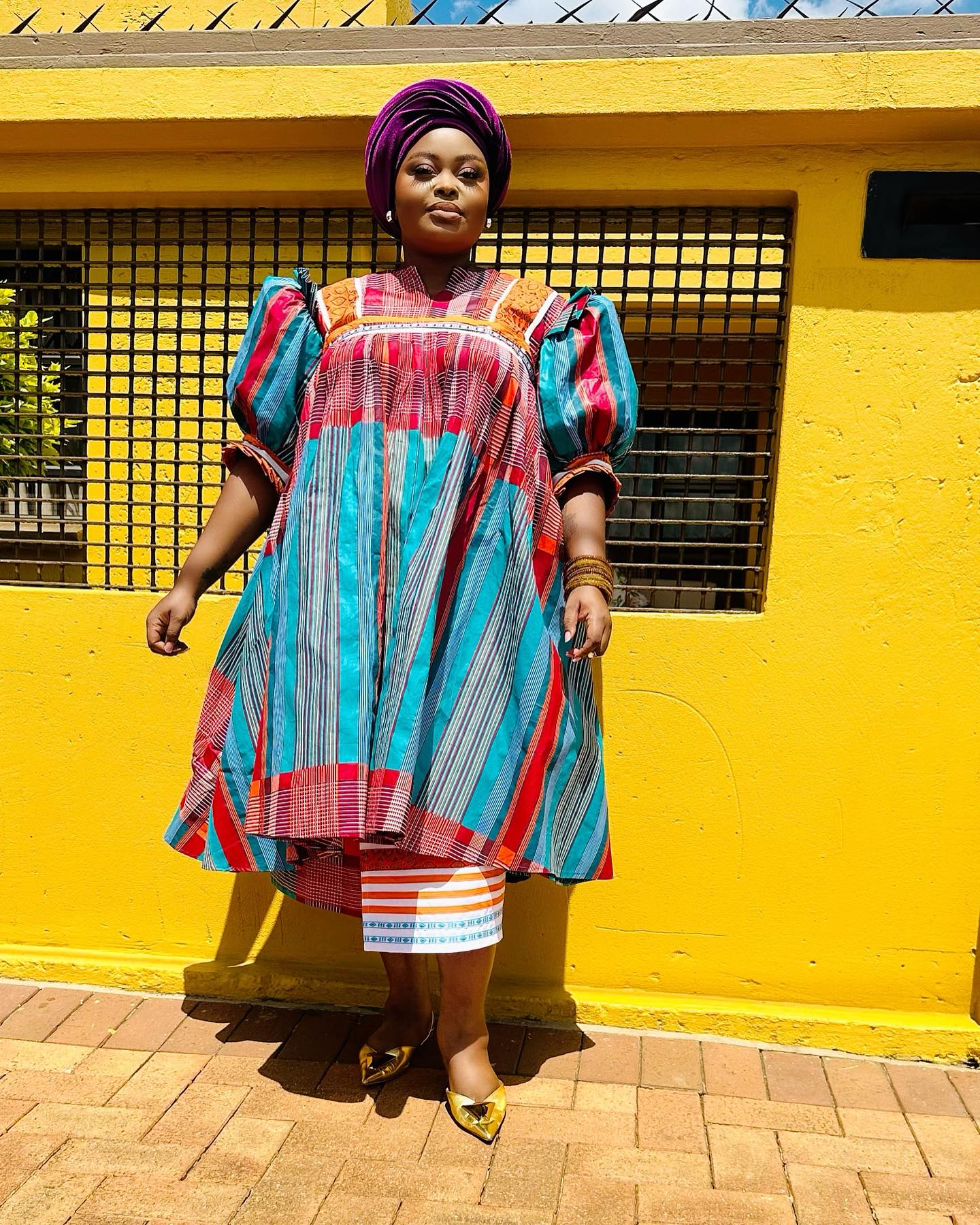 In Sepedi culture, dipholo aren’t just accessories but carry deep artistic significance. Then are some of the retired meanings behind these irons
In Sepedi culture, dipholo aren’t just accessories but carry deep artistic significance. Then are some of the retired meanings behind these irons
Unity The irons emblematize concinnity and togetherness within the community. They represent the bond between the bridegroom, her family, and her new family.
Heritage Dipholo showcase the rich artistic heritage of the Sepedi people. They’re a way to recognize and save traditions that have been passed down through generations.
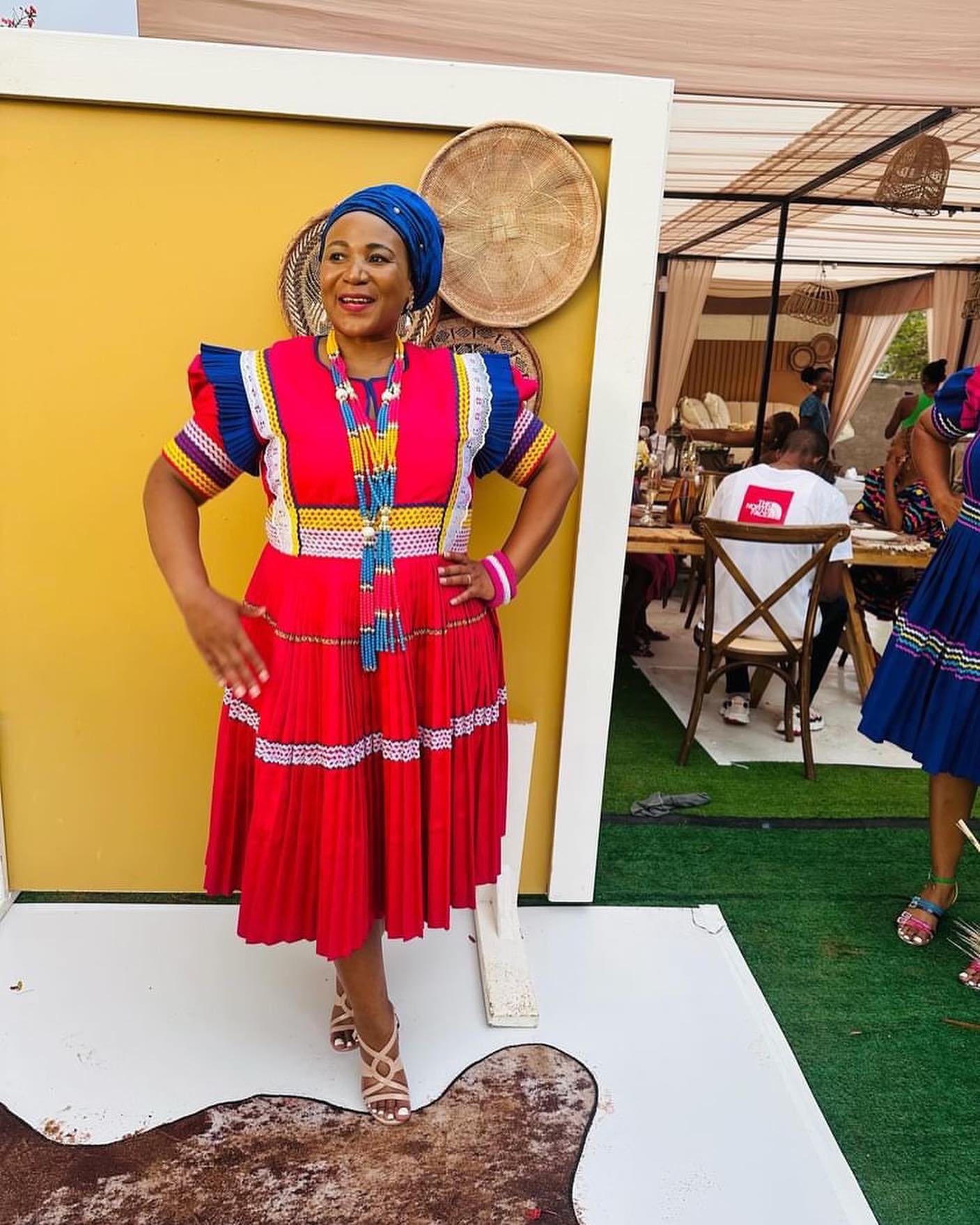 Protection The irons are believed to offer protection to the bridegroom as she embarks on her new trip as a wedded woman. They serve as a symbol of strength and support.
Protection The irons are believed to offer protection to the bridegroom as she embarks on her new trip as a wedded woman. They serve as a symbol of strength and support.
Beauty Dipholo are intricately designed and adorned with globules, shells, or other ornamental rudiments. They enhance the beauty of the bridegroom and add an element of fineness to her vesture.
By understanding the retired meanings behind these irons, one can appreciate the artistic significance they hold in Sepedi traditional marriages. They not only serve as beautiful accessories but also carry deep symbolism that connects individualities to their heritage and community.
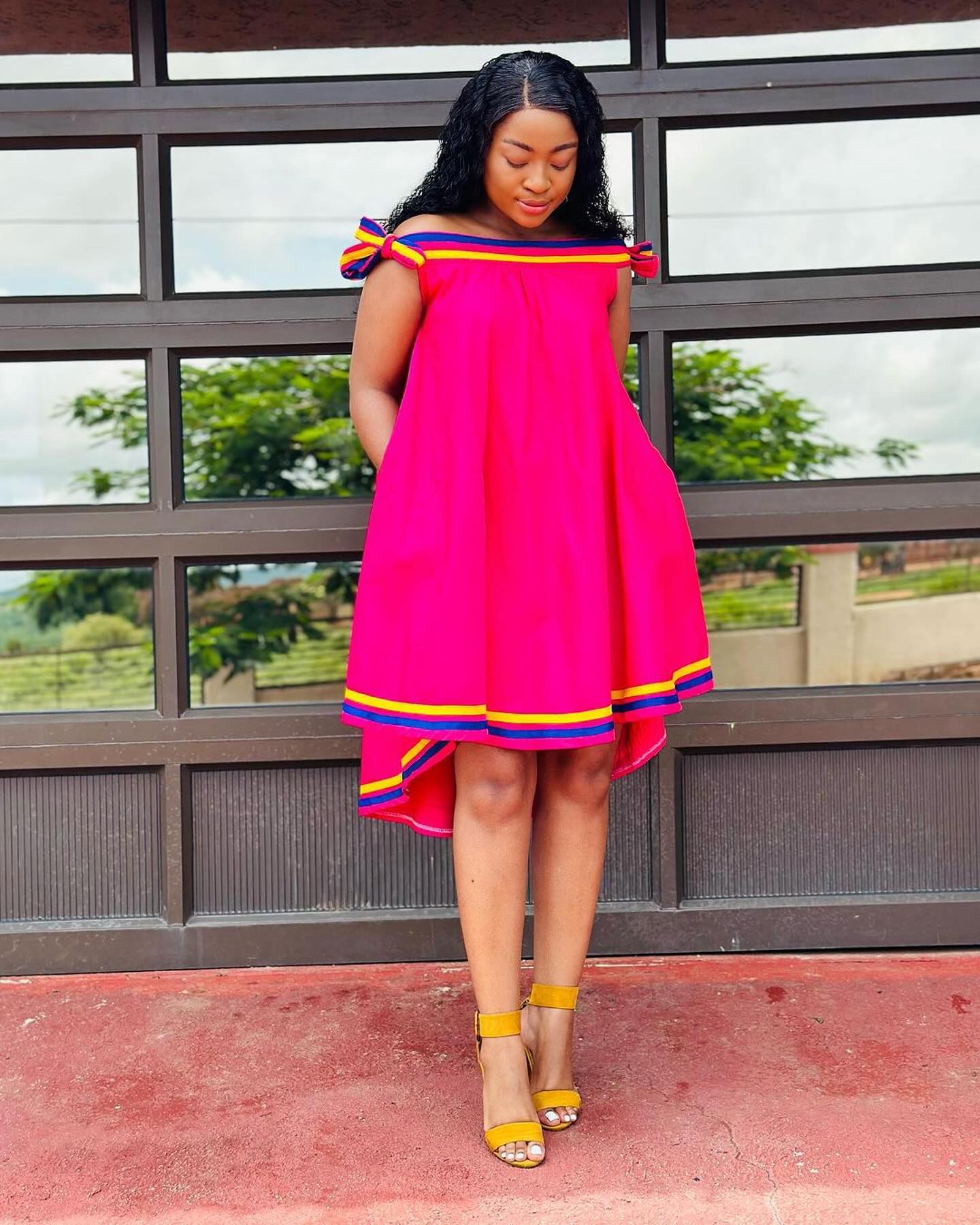 The Waist globules( Ditlhaka)
The Waist globules( Ditlhaka)
Exploring the symbolism and traditions associated with midriff globules in Sepedi marriages
Discovering the retired Meanings of Sepedi Traditional Dresses Accessories 40
The midriff globules, known as Ditlhaka in Sepedi, hold a significant artistic and emblematic meaning in traditional Sepedi marriages. These globules are worn around the midriff by the bridegroom and are believed to have defensive and fertility- enhancing parcels.
In Sepedi culture, the midriff globules emblematize feminity, beauty, and connubial status. They’re traditionally made of various globules and are worn as a sign of readiness for marriage. The globules also serve as a way to enhance the bridegroom’s physical appearance and showcase her artistic heritage.
During the marriage form, the midriff globules are precisely tied around the bridegroom’s midriff by an elder woman or family member. This act symbolizes the passing down of wisdom, blessings, and protection from one generation to another.
Sepedi Traditional Dresses Accessories 2024
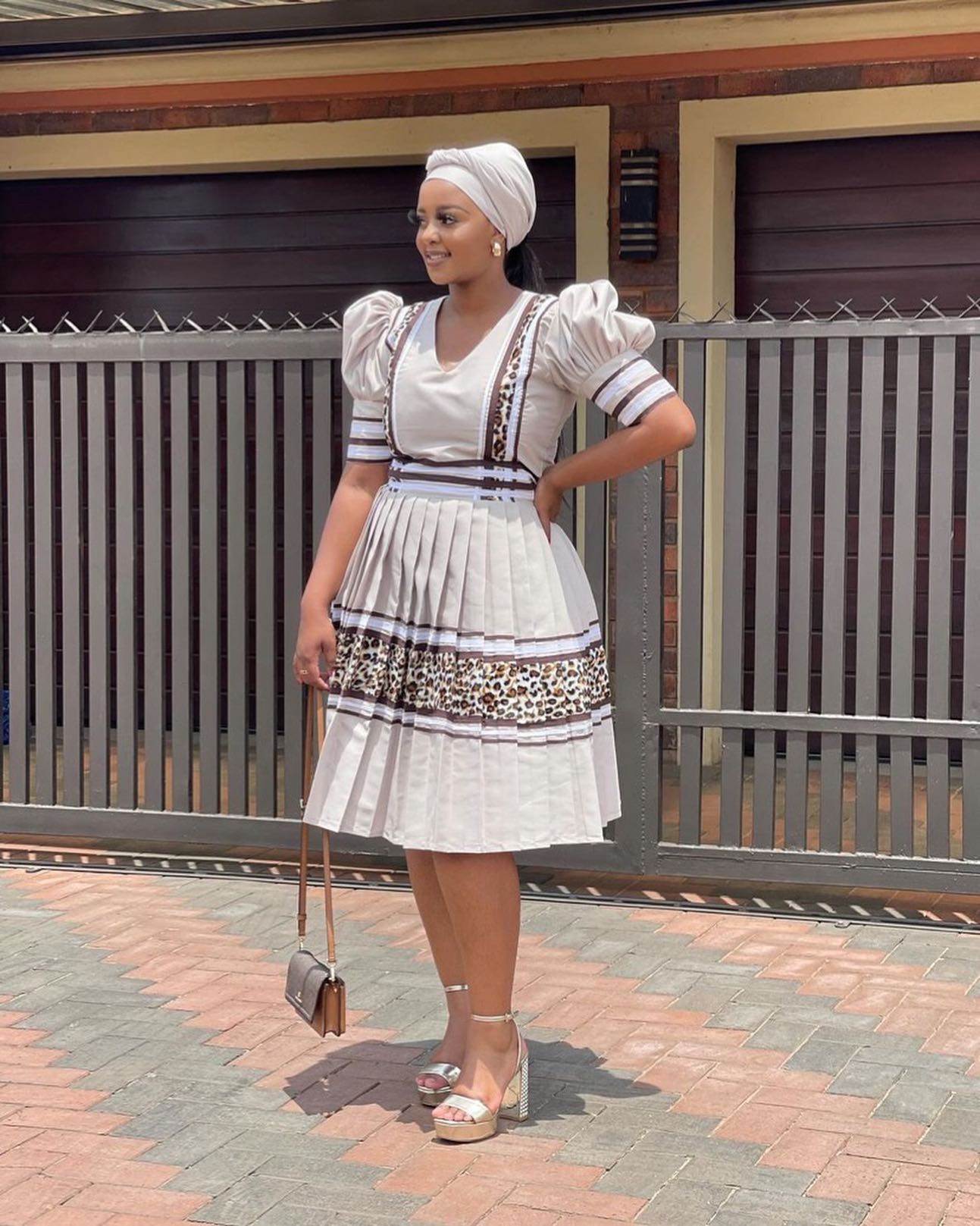
The midriff globules also play a part in fertility rituals. It’s believed that wearing these globules can enhance a woman’s chances of conceiving and having a healthy gestation. In some cases, the globules may be passed down from mama to son as a way to insure fertility and durability of the family lineage.
Overall, the midriff globules hold deep artistic significance in Sepedi marriages. They not only add beauty and grace to the bridegroom’s vesture but also serve as a symbol of tradition, protection, and fertility. Discovering the retired meanings behind these accessories allows us to appreciate the rich artistic heritage of Sepedi marriages.

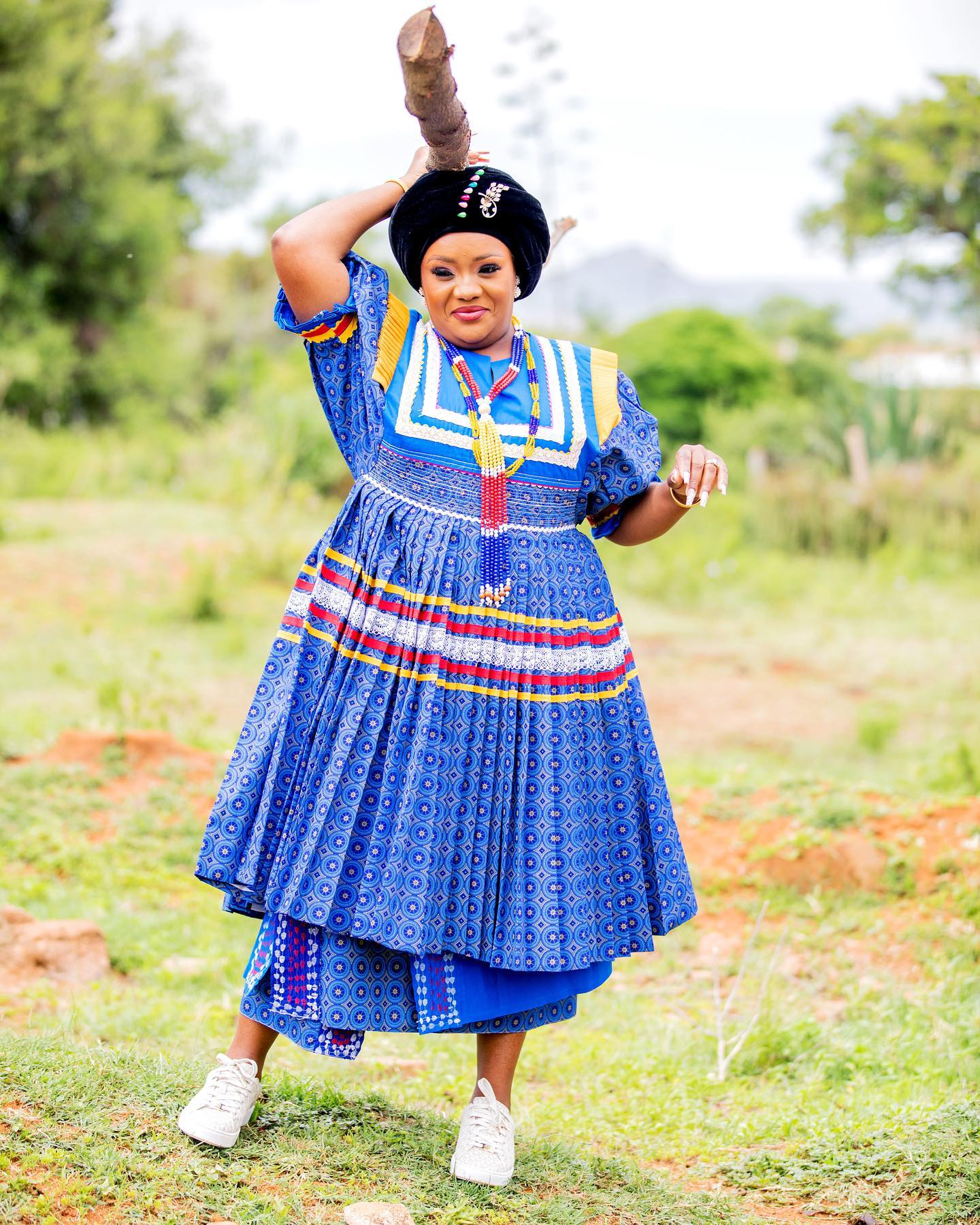 Understanding the retired meanings behind the irons worn in Sepedi Traditional Dresses
Understanding the retired meanings behind the irons worn in Sepedi Traditional Dresses
Comments are closed.